#BizTrends2020: Top food and restaurant trends from the 2019 Eat Out Award-winning chefs
Biggest and trendiest ingredients for 2020
Bertus Basson: Ingredients that are more sustainable and, I suppose for myself, ingredients that represent our rich cultural heritage. Sorghum, millet, maize. Meat and fish from origin.
Gregory Czarnecki: Overall the health movement will be even bigger than in previous years, focusing on soy-based products, no more simple sugars and healthier alternatives. Plant-based products reproducing meat and dairy flavours are going to be all over. Non-alcoholic drinks will be important in restaurants as well; from wine pairings to mocktails.

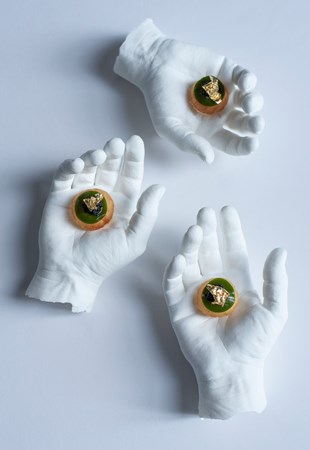
Candice Philip: Ancient grains, ugly produce and plant-based sugars. With the water situation playing a large role in what’s available to us in terms of produce, I feel like we can no longer be as picky as we have been previously and we should have a wabi-sabi approach to misshapen produce. Whilst plant-based sugars will play a bigger role compared to their refined counterparts, especially on the health benefit front. And ancient grains will take preference over refined flour-based products.
Ivor Jones: I believe we are probably going to get more into sustainable fynbos and herbs from the Southern Cape; definitely leaning more on plant-based ideas.
Michael Cooke: I think the ingredients that seem to be trending are spices from places like South America, India and North Africa – we’re seeing them make an appearance on quite a few restaurant menus already.
Ryan Cole: The biggest trends we are seeing going into 2020 are cleaner lighter flavours. Knowing where things come from and the footprint and impact of our food, there is a strong pull toward healthier foods. At Salsify at The Roundhouse, we are using less dairy and gluten and “heavy foods”. There is a strong shift toward plant-based dishes. The public is after more veg-friendly options, moving away from “prime cuts“.
The flavour profile for 2020
Philip: I feel like there will be more emphasis on showcasing bushveld foraging, indigenous ingredients and flavours such as baobab, sour fig, num nums and Kei apples.
Jones: Open fire cooking has so much to offer from subtle to bold.
Basson: South African flavours are very trendy. A lot of joy is locked up in Cape Malay flavours. Across South Africa, a lot of people recognise Cape spice cuisine as part of their palette. Crack out the cumin and cloves!
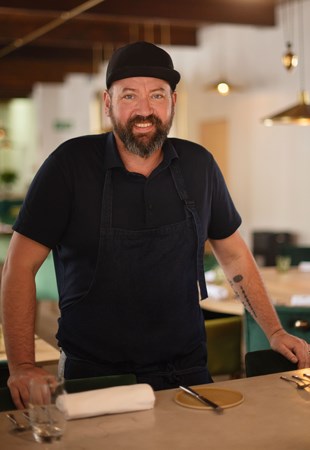

Cooke: Bitter is a flavour profile that people are getting more comfortable with, and it’s already made its way into some food items and drinks in very interesting ways.
Cole: One flavour profile for 2020 is hard to pin down. But at Salsify, as we are in summer, there is a strong draw towards light zesty green flavours, light and clean seafood, i.e. white fish/octopus/mussels/choke with elements of braai flavours.
Shifting eating habits and palates of South Africans
Basson: There is a big move towards eating more plant-based meals, which isn’t a problem for a large part of South Africans. We have a love affair with vegetables and grains. The pressure will be on to cook plant-based meals with excitement and focus.
Czarnecki: South Africans are catching up so quickly with all the trends out there. A couple of years back we were still behind in terms of habits and palate but now, what a difference. South Africans have become very experimental. Willing to try new things new flavour combinations, new textures they are going all out to discover new food experiences. It is really amazing.
Philip: I’m not so sure the eating habits will change so much but the mindfulness of where your ingredients are coming from and how they are treated will weigh down heavier especially as the water concerns continue to hang over our country.
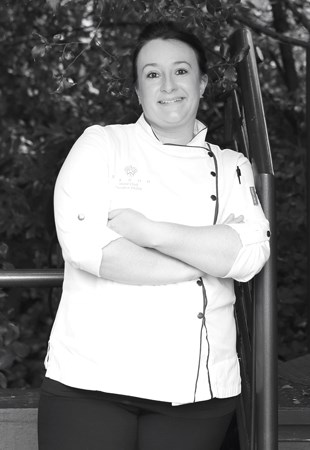
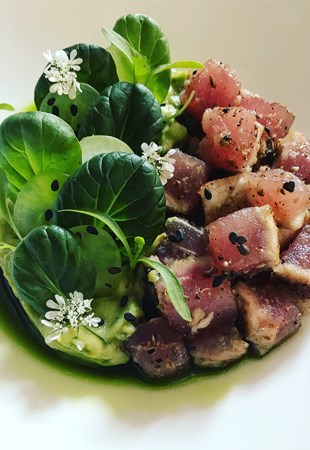
Jones: As the people in South Africa are exposed to more and more different styles of cooking and food, I feel like there will be more acceptance to the use of offal and cheaper cuts of meat and also the loss of meat altogether. I’m also getting the feeling that there is a want for less complicated meals that are simple and banging flavour out there.
Cooke: People are becoming more conscious of the way they’re eating – not only from an ethical awareness perspective but also from a health perspective too. We’re seeing a “less is more” approach to cooking and eating, being friendlier on the wallet as well as the waistline. Instead, people are learning to punch as much flavour into ingredients that they have to make things more delicious, rather than adding more and more ingredients to the cooking. Kitchen pantries are getting stocked up with incredible spices, vinegar, oils, condiments and seasonings to really enhance the home-cooked meal.
Cole: The South African palate is lightening up, there is a demand for less meat, and rather a desire for better quality meat. Less butter and cream; more sour cream and ricotta. More vegetables cooked on the fire, more celebrating “the braai” with fewer wors and more snoek and katonkel (skipjack) more of the previously historically, lesser in demand proteins.
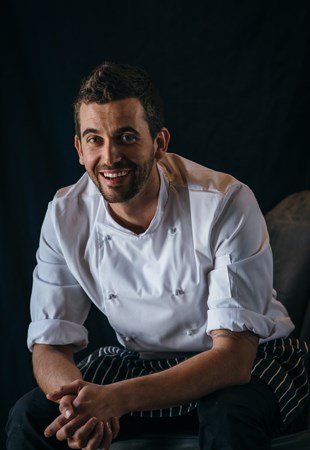

Waste management and green initiatives
Basson: Eventually, it will be economically viable to manage your waste and be green. In the future, it will be a financial success.
Philip: With ferments and kombuchas having crept onto our food scene largely through 2019 there really is no excuse at this point for excessive waste. A farm-to-table or root-to-stem approach to ingredients can be taken. Compost heaps and worm farms are other ways to approach waste management and it is easy enough for even the biggest kitchens or establishments to get a handle on.
Czarnecki: Chefs and restaurants need to keep on leading the way and set the example. Waste has reduced drastically with chefs being more involved in sustainable movement and willing to modify their menu to be more eco-friendly. Loads of them are doing garden to table dishes and really source amazing sustainable products. Water waste has had a massive impact on the chefs since last year’s drought and all of them have made efforts to reduce their water usage and put things in place to preserve it.
Cooke: This has always been a big topic of discussion. Chefs need to put pressure on one another to be more responsible with their waste management and green initiatives – both within their own kitchens, as well as with one another in the industry. This isn’t a trend – it’s now a reality that this is something all restaurants need to manage more effectively. There’s just not enough “ownership”, and I think chefs need some serious introspection and assess everything they’re doing because systems need to change. Smaller menus, more focused dishes, more regular menu changes that work the whole product in, and emphasis on reducing, reusing and recycling within the kitchen and on menus. Chefs need to challenge their creativity with the by-products of their food preparation by utilising the product in its entirety and not just for the ingredient’s flesh or core.
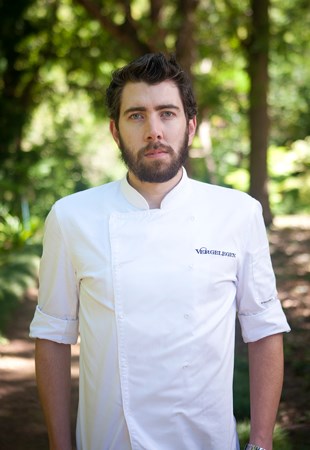
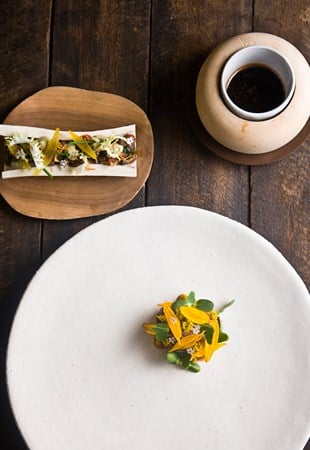
Jones: It’s always been a challenge for chefs to run a restaurant with very little waste and to be as sustainable as possible. In South Africa, in the last few years, there has been a movement to be more aware and conscious of our purchasing, we have started setting an example for our younger generation.
Cole: I think sustainability and waste management and the general green initiatives need to come from more than just the restaurants, but a wider public awareness and commitment. If people are demanding to know where their food is coming from and where all the waste is going there will be greater pressure on all. Restaurants should operate more responsibly and sustainably and our industry as a whole will become “greener”. From a personal side, I always choose the greenest option available to Salsify and demand to know the source of all my produce and have spent the last six years of my career building relationships with suppliers who share my beliefs and commitment. Without a strong supplier chain, it would not be possible to be green or responsible or sustainable.
Evolution of ingredient sourcing
Basson: We are much closer to our growers and purveyors, and we would like to show everybody where our ingredients come from. Provenance and traceability are key.
Philip: I feel like traceability and sustainability will continue to be at the forefront of our industry, with the climate and economy being the biggest driving force. With this in mind, sourcing of ingredients becomes a lot more pocket-friendly, organic and local with more emphasis on people and restaurants growing their own ingredients to a degree.
Czarnecki: People are going to be more aware of where products come from and check the traceability of the product. With all the news cycle and social feeds, consumers will be demanding sustainability.
Jones: Suppliers are moving to the use of technology in the form of apps and empowering our underprivileged communities. A great example is Abalobi. There is also a lot of actual hands-on visiting local farms and producers to get the best products and suppliers.

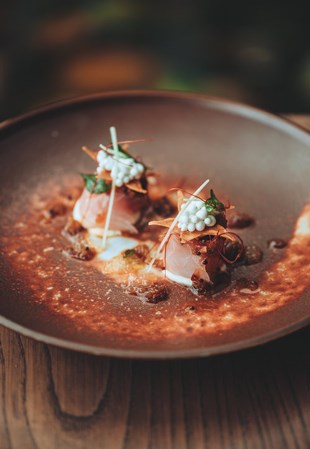
Cooke: Ingredients are being sourced both for their uniqueness and for the interest factor in wherever those ingredients come from. It’s becoming about ingredients with a story, and a bit of history.
Cole: If I look back to when I started in this industry in 2007 and the produce that was available then compared to what we have now, the shift has been remarkable. In 2007, nobody even knew what Salsify was, now, in 2019 we have two suppliers growing it. In 2007, there was iceberg and butter lettuce and cos and that was about it. Now we have a choice of over 20 micro-greens available at any given time. We also have farmers growing organic flour that we use in our bread. It is an exciting time for chefs who value responsible agriculture practises to collaborate with their suppliers who value the same ethos.



























